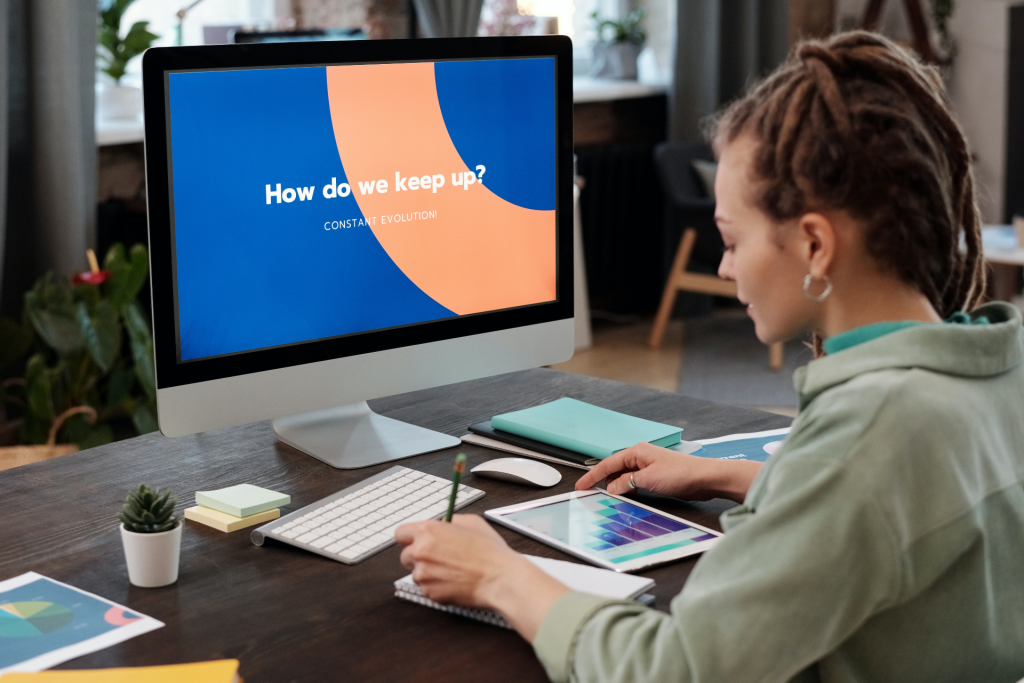In today’s digital age, where social media and online connections dominate the networking scene, it’s easy to underestimate the power of a tangible business card. Yet, business cards remain an essential tool for entrepreneurs, professionals, and even small business owners looking to establish strong connections and leave a lasting impression on potential clients and partners. In this article, we will explore the importance of creating professional-looking business cards and discuss the best practices for handing them out at networking events, local gatherings, and meetings.
Why Business Cards Still Matter
You might wonder, with a myriad of digital alternatives available, why invest in traditional business cards? The answer lies in the tangible value they bring to interpersonal communication. Unlike a fleeting digital exchange, a well-crafted business card provides a physical representation of your brand and professionalism.
Consider the following benefits of using business cards:
- Memorability: A creatively designed business card with eye-catching visuals and relevant information is more likely to be remembered and kept by the recipient, ensuring your brand stays top of mind.
- Personal Touch: Exchanging business cards in person creates a personal touch that digital connections can’t replicate. It fosters a sense of trust and professionalism, strengthening your chances of future collaboration.
- Professionalism: A professional-looking business card reflects your commitment to your work and gives a positive impression of your brand, enhancing your credibility.
- Ease of Access: Unlike digital information, which may get lost in a sea of notifications, business cards are easily accessible, allowing potential clients and partners to quickly retrieve your contact details.
- Offline Networking: Not all networking events have reliable internet connections. Having a physical card ensures you can network efficiently regardless of the technological limitations.
Designing Your Business Card
To maximize the impact of your business cards, meticulous design is crucial. Here are some essential tips to create professional-looking business cards:
- Brand Consistency: Ensure your business cards align with your brand’s visual identity, using consistent colors, fonts, and logos to reinforce brand recognition.
- Clarity and Simplicity: Keep the design simple and clutter-free. Include only essential information such as your name, title, company, contact information, and website.
- Quality Materials: Opt for high-quality materials and finishes to convey professionalism. Matte, glossy, or textured finishes can enhance the tactile experience of your card.
- Eye-Catching Graphics: Use visually appealing graphics and images that are relevant to your industry or services. Avoid generic stock images and opt for custom illustrations or photographs whenever possible.
- Readable Fonts: Choose fonts that are easy to read, even in small print. Avoid elaborate fonts that might be challenging to decipher.
- Whitespace: Utilize whitespace to give your business card a clean and sophisticated look. This will draw attention to the essential elements and prevent the card from appearing cluttered.
Networking Etiquette: Handing Out Business Cards
Now that you have your professional business cards ready, it’s time to master the art of distributing them effectively. Here are some etiquette tips for handing out business cards:
- Be Selective: Don’t distribute your business cards indiscriminately. Focus on meaningful connections and conversations where exchanging cards feels appropriate.
- Introduce Yourself: Before offering your card, initiate a conversation and introduce yourself. Engage in small talk to establish rapport before introducing your business card.
- Respect Cultural Norms: If you attend international networking events, familiarize yourself with local customs regarding business card exchange. In some cultures, it’s customary to use both hands when giving or receiving cards.
- Ask for Their Card: Show interest in the other person by asking for their business card. This reciprocal gesture indicates genuine interest in further communication.
- Keep Cards Organized: Have a designated cardholder or a separate pocket to store received cards. Fumbling for a card can be awkward and unprofessional.
- Follow Up: After receiving a business card, make a note of any key details about the person or the conversation on the back of the card. This will help you remember the contact later when you follow up.
In a world seemingly dominated by digital interactions, the tangible power of a professional business card remains unparalleled. The simplicity and elegance of a well-designed card can leave a lasting impression and create opportunities for meaningful connections. So, whether you’re attending networking events, local gatherings, or meetings, don’t forget to bring your meticulously crafted business cards along. Embrace the timeless art of networking, CardUp, and make lasting connections that propel your personal and professional growth.




